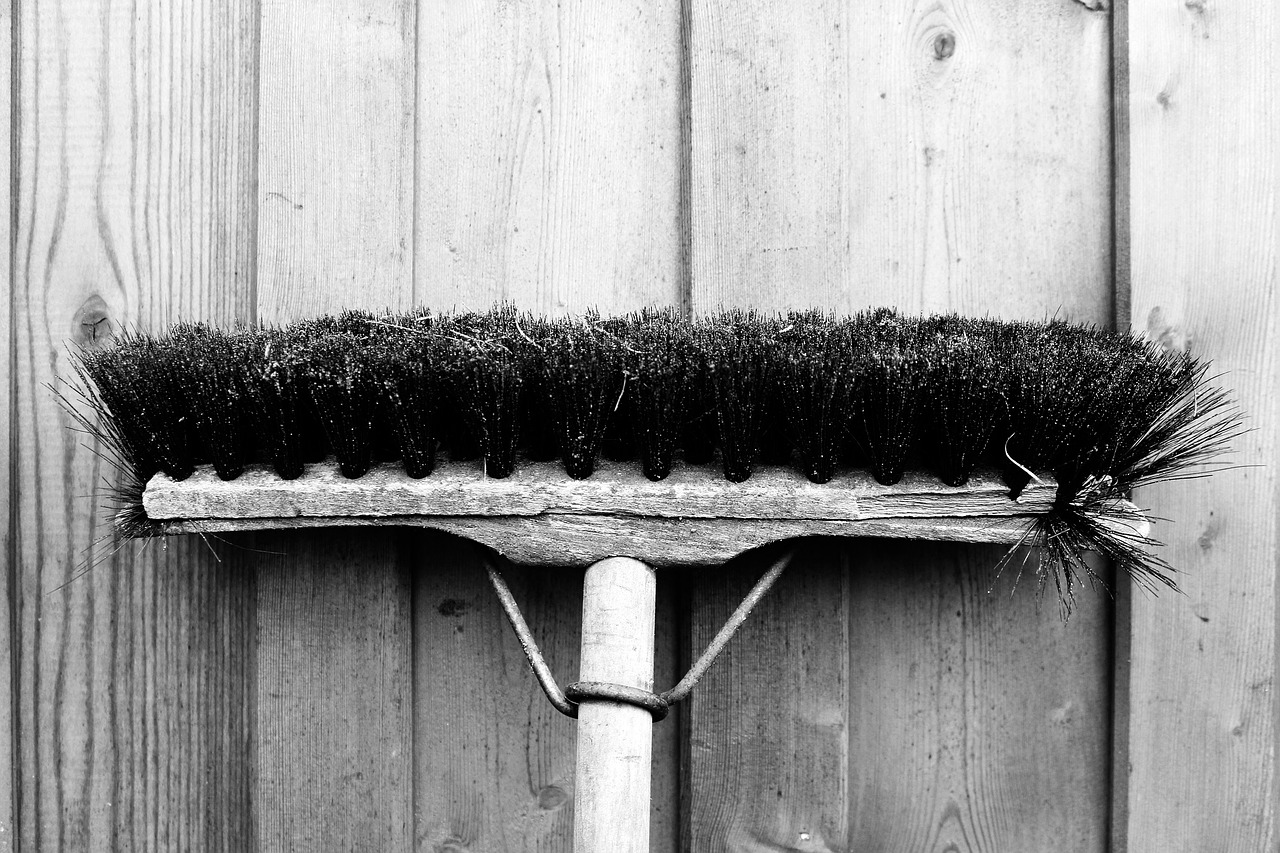In this second article in the series of Life Lessons of a Software Engineer, we explore the lesson of maintaining good code hygiene.
Code hygiene is an important part of software development. It refers to the practices and habits that developers use to keep their code clean, organized, and easy to understand and maintain. Having good code hygiene is essential for many reasons. It makes it easier for other people to read and understand the code and makes it easier for developers to write code that is more effective and efficient.
In this article, we’ll talk about 10 ways to keep your code clean, with examples and suggestions for tools.
Use variable names that are clear and helpful
Using variable names that are clear and explain what they do is a critical part of keeping your code clean. For example, instead of giving a variable a name like “x,” you should use a name like “customerName” or “totalSales” that makes it clear what the variable is for.
This will make it easier for other people to understand your code, and will also help you remember what the variable stands for when you come back to the code later.
Format your work consistently
Formatting that stays the same is also an important part of good code hygiene. This includes things like spacing, line breaks, and indenting. Formatting your code in the same way every time makes it easier to read and understand.
For example, you might decide to use two spaces for indentation and one space after each comma in a list. By using the same style throughout your code, you can make sure it is easy to read and understand.
Use Comments
Comments are a great way to explain what your code does and why it does it.
For example, you could put a comment at the top of a function to explain what the function does and how it is used. This will make it easier for other people to understand your code and help you remember what you were thinking when you wrote it.
Keep Your Code Organized
Putting your code into logical blocks and using functions and classes can help you keep it organized and easy to understand.
For instance, you could make a class to handle customer orders and a different class to handle inventory. You can make your code easier to read and understand by breaking it up into smaller, more manageable pieces.
Use Version Control
Version control systems, like Git, are very useful for keeping track of changes to your code and making it easier to work with other people.
For example, you can use Git to store your code in a repository and track how it changes over time. This will make it easier to undo changes if something goes wrong, and it will also make it easier for people to work together on the same codebase.
Use Debugging Tools
Debugging tools, like a debugger or print statements, can help you find and fix mistakes in your code.
For instance, you could use a debugger to step through your code line by line and figure out why an error happened.
Or, you could use print statements to show the values of variables at different points in your code to help you understand what is going on.
Test With Software
Tools for automated testing, like unit tests, can help you find and fix bugs before they become a problem.
For example, you could write a unit test to make sure that a function is giving you the result you want.
By running this test every time you change a function, you can make sure it works the way it should.
Use Tools for Linting
Tools for linting, like ESLint, can help you enforce coding standards and find possible mistakes. You could use ESLint, for example, to make sure that your code follows a certain style guide or to find possible syntax errors.
By using a linting tool, you can find issues early on and make your code better overall.
Use Code Reviews
Code review is an important way to improve the quality of your code by getting feedback on it. This can be done with peer review, in which other developers look at your code and suggest ways to make it better.
You can also speed up the review process by using a code review tool, such as the pull request feature on GitHub. By getting feedback from other people, you can find problems and improve the quality of your code as a whole.
Make sure your code is current
A big part of good code hygiene is making sure your code is up-to-date with the latest best practices and technologies. This means using modern programming languages and frameworks, following best practices for security, and keeping up with the latest software development trends.
You can make sure that your code is efficient, effective, and easy to maintain by keeping it up to date.
One Last Thing
Good code hygiene means paying close attention to the details of your code and taking the time to write code that is clean, easy to understand, and well-documented. By using the tips above, you can improve the quality of your code and make it easier to understand and maintain.
By doing this, you will not only make it easier to work with your code, but it will also be easier for other people to work on projects with you.
So, if you want to be a successful software developer, you need to take care of your code.
I’d love to hear your thoughts on whether you found this article helpful.


10 Essential Life Lessons for Software Engineers – Rob Kennedy
[…] Code Hygiene: How to Write Clean, Readable, and Maintainable Code, I discuss why we need to write clean, readable, and well-documented code to make it easier for […]